Blo is back!
We always get excited about new products from MyoBlox, a hip and savvy lifestyle-and-performance brand from the San Francisco Bay Area that took the supplement scene by storm in 2017.
With flashy neon visuals that hearken back to hypebeast streetwear fashion — a popular style these days — MyoBlox has proven to be equally rigorous as they are elegant. But as time marches on, consumers demand bigger, stronger, better. And they're about it get it thanks to a new... breakthrough ingredient:
Myoblox BLO is Back with BLO 3D
Myoblox is bringing us their updated stim-free pre-workout, changing the name from BLO to BLO 3D. If you've been following sports supplements this year, you know what that means -- the inclusion of the 3D Breakthrough pump ingredient!
Stim-free nitric oxide boosters are great for many reasons. Not everyone needs huge doses of caffeine, rauwolfia, yohimbine, and other stimulants in more "modern" pre-workout formulas. They just want the performance without the buzz or jitters. Evening gym goers are particularly affected – nobody wants to slam 300 milligrams of caffeine right before their 7 p.m. lifting session. (And if you do, we have an article on the new LOCO coming next.)
And sometimes, even with a stim pre-workout, you want to push even more nitric oxide induced blood flow into your muscles. No matter what the reason, BLO 3D has a sharp formula and launched with two cool flavors, so let's cover it below:
MyoBlox BLO 3D – Deals and Price Drop Alerts
Get Price Alerts
No spam, no scams.
Disclosure: PricePlow relies on pricing from stores with which we have a business relationship. We work hard to keep pricing current, but you may find a better offer.
Posts are sponsored in part by the retailers and/or brands listed on this page.
This area is reserved for Team PricePlow's upcoming videos.
Subscribe to our channel and sign up for notifications so you catch it when it goes live!
Note: If you were a fan of the previous version of BLO, check out our original Myoblox Blo product page. Once it's gone, it's gone!
MyoBlox BLO 3D Ingredients
In a single 2-scoop (18 gram) serving of BLO Muscle Pump from MyoBlox, you get the following:
-
3D Pump-Breakthrough – 6,000 mg
3D Pump-Breakthrough is a trademarked blend of ingredients designed to give you massive pumps via several different mechanisms of action.
In a word, the intended effect we're going for with pumps is ergogenic (performance-boosting).
3D Pump-Breakthrough Preliminary Study
The patent filed for 3D Pump-Breakthrough cites a quality preliminary study that was conducted for the purpose of demonstrating how 3D Pump-Breakthrough works to increase performance during a workout.
The study was conducted in resistance (weight) trained men whose average age was 28.
Because the sample size in this study was small (as is the case with most preliminary studies), the researchers used a repeating design that enabled the subjects to serve as their own controls.[1]
Each volunteer completed four identical workouts on separate days, taking one of four treatments before each workout:
- Water
- 1.5 grams of glycerol
- 150 milligrams of amla fruit extract
- 1.5 grams of glycerol and 150 milligrams of amla fruit extract
The workout consisted of leg extensions and weighted goblet squats, performed in three sets of 10-12 repetitions. The subjects rested for one minute after each set and two minutes between exercises.
Upon the completion of each workout, their thigh circumference was scanned using a DEXA machine, which is a kind of low-dose X-ray that tracks physiological changes in athletes. The idea was that thigh circumference is affected by water content of the leg and, therefore, could be used as a proxy metric for hyperhydration.
Every workout caused some expansion of thigh circumference and some increase in lean body mass – which is exactly what you'd expect – but the training sessions conducted after subjects took glycerol and amla in combination caused bigger increases than either treatment alone, or the placebo.
The glycerol and amla mixture created a 2.21-centimeter increase in thigh circumference and an almost 700-gram increase in lean body mass. Compare that to the placebo-treated workout, after which the subjects had a 1.12-centimeter increase in thigh circumference and a ~30-gram increase in lean body mass.[1]
So glycerol and amla taken together caused 2x the increase in thigh circumference, and 23x the increase in lean body mass. To be clear, "lean body mass" in this context includes anything that isn't adipose (fat) tissue – meaning that water falls under that category.
The last really interesting thing to note about this study is that amla, a relatively new consumer supplement ingredient that most of us aren't familiar with, outperformed glycerol in the single-treatment workouts.
That says a lot about amla's efficacy, since glycerol is a proven osmolyte that's won major acceptance among supplement manufacturers and consumers alike.
Let's break down the way that 3D Pump-Breakthrough works, ingredient-by-ingredient:
-
L-Citrulline (Vegan Fermented)
The amino acid citrulline is what's called a non-essential amino acid. This means your body can actually make citrulline on its own, out of other nutrients.
So if your body makes its own citrulline, why supplement? The answer is that the quantity the body is capable of producing in a day is extremely limited – adequate for covering your bare-minimum nutritional requirements, but definitely not anywhere close to what you'd need for optimal citrulline effects.
Citrulline is important as an arginine precursor. Arginine is important because it's a nitric oxide (NO) precursor, meaning that citrulline supplementation ultimately raises blood levels of NO[2] by raising your arginine levels.[3]
Most good pre-workout formulas include a hefty dose of some NO-boosting ingredient like citrulline because NO triggers vasodilation, a process in which blood vessels (mainly arteries) expand. Wider blood vessels means a lower heart rate, reduced blood pressure, and improved athletic performance[4,5] owing to the increased efficiency of blood-borne nutrient and oxygen delivery. Better circulation also means faster recovery following exercise.[6]
A 2020 meta-analysis of 13 peer-reviewed citrulline studies found that citrulline supplementation can in fact reduce rated perceived exertion (RPE) during exercise, and decrease soreness following exercise.[7]
According to a 2020 meta-analysis published by the Journal of Sport and Health Science, the average dose used in these studies was 8 grams of citrulline malate,[7] which yields about 5.5 grams of pure citrulline.[8]
A full dose of BLO actually has even more citrulline than this – 6.0 grams of citrulline per 1 scoop serving!
The vegan-fermented sourcing of citrulline is good for vegans, obviously, but even for non-vegans, it can act as assurance of high quality.
-
Glycerol
The polyol compound glycerol, strictly speaking a sugar alcohol, is a metabolic byproduct of burning both fat and carbohydrates for energy.[9,10]
When the going gets tough in the final loop of this heat-based event, the glycerol group pulled through far faster at the end.[11]
It's essential for the process of hepatic gluconeogenesis,[12] a process in which the liver converts non-sugar substrates like protein into glucose.
When taken orally, and before it's processed by the liver and kidneys, glycerol is rapidly distributed throughout the body. In fact, every part of your body gets some glycerol, except the brain and eyes, which seem to be unaffected by supplemental glycerol.[13]
Once the glycerol you consumed has permeated most of your body's fluids, it increases the osmotic pressure surrounding your tissues.[13]
Hyperhydration and its Benefits
The reason we like high osmotic pressure is that it helps create a state of cellular hyperhydration.[14]
Tired of low-stim nootropic drinks? The new Myoblox Skywalk launched in early 2022 puts in plenty of caffeine, but keeps it smooth with a synergistic blend
Remember that osmosis is the mechanism by which a difference in solute concentrations on either side of a cellular membrane causes water to move across that membrane. As a rule, water moves from the region of higher osmotic pressure (higher solute concentration) to the region of lower osmotic pressure (lower solute concentration).[15]
In other words, when glycerol raises the osmotic pressure around your cells, water gets forced into your cells in volumes that are not easily achievable without the use of an osmolyte like glycerol.
We refer to this higher-than-average state of cellular hydration as hyperhydration, and it comes with a few significant benefits. Among those is increased cellular endurance for muscle cells, which can delay the onset of fatigue.[13]This is key to the performance-boosting effect of glycerol, and of pumps in general.
Glycerol is most effective when used with plenty of water, so be sure to drink a little extra after taking MyoBlox BLO.
-
Amla: What it is and how it works
The fruit Phyllanthus emblica, colloquially known as amla, is a traditional therapy from Ayurvedic medicine.
For thousands of years,[16] amla has been prescribed by Ayurvedic practitioners to patients suffering from circulatory disorders of the cardiovascular system, and, as usual, the wisdom of the ancients has been largely corroborated by recent scientific research.
Science is finding that specific antioxidants in amla seem to benefit endothelial function while inhibiting the formation of platelets,[17] thus minimizing the risk of cardiovascular events caused by inappropriate clotting.
Amla’s tannins increase ATP production
3D Pump-Breakthrough uses a special amla extract that's standardized to contain a minimum of 68% low-molecular-weight tannins (LMWTs).
The LMWTs identified so far include emblicanin-A, emblicanin-B, punigluconin, and pedunculagin.[18] These are metabolized upon ingestion into urolithins A, B, C, and D, respectively,[19] all of which have been shown to support mitochondrial health.[20]
We harp on this all the time here at PricePlow, and it's because mitochondrial health is the sine qua non of good overall health. The mitochondria are responsible for driving electron transport chain (ETC) activity and, ultimately, producing all of your body's usable energy in the form of adenosine triphosphate (ATP).
If your body were an engine, ATP would be the gasoline – it's that fundamental to human health and activity. ATP production is positively correlated with athletic performance and overall health.[21,22]
Besides increasing ATP production, urolithin B may also have anabolic effects.[23]
Amla extracts have even been linked to cognitive benefits.[24]
Update: After the initial publication of this article, a new 3DPump study is out. Dive into our comprehensive coverage titled "3DPump Breakthrough STUDY: 6g Takes on 8g L-Citrulline!".
The glycerol in 3D PUMP is great, but we can continue to hydrate and methylate even more:
-
Betaine Anhydrous – 2,500 mg
A landmark 2013 study showed that 2.5 grams of betaine every day can have profound effects on body mass and strength[25,26]
Betaine, sometimes referred to by its technical name, trimethylglycine (TMG), is similar in its effects to creatine, although it acts by a very different mechanism. So if you're trying to understand betaine for the first time, it can help to think of it as a "creatine-like" supplement.
Betaine increases ATP production, just like creatine.[27] But whereas creatine is a phosphate donor, betaine is a methyl donor.
The process of methylation that these methyl groups get used for is one of the body's most fundamental metabolic activities. It ends up affecting tons of processes, from myelination to epigenetic expression, and also happens to be involved in controlling homocysteine blood levels.[28]
Since high homocysteine is associated with atherosclerosis and cardiovascular events like heart attack and stroke,[29] keeping your methylation working properly goes a long way toward maintaining long-term exercise performance.
In the short term, betaine can help boost athletic performance acutely because it's an osmolyte, meaning that it helps promote cellular hydration by shuttling water into your cells. That water content comes with additional glucose and nutrients, making your cells stronger[25,30] and more resilient to heat stress,[31] which can definitely be a concern during intense exercise.
Betaine is one of those supplement ingredients with a mountain of evidence supporting its use,[32-37] but we want to highlight one study in particular.
Conducted in 2013, this study showed that subjects who took 2.5 grams of betaine daily – the same dose used in MyoBlox BLO – were able to gain 5.3 pounds of muscle and lose 6.4 pounds of fat over the 6 week study period. That translated to a 3% reduction in body fat.[25,26]
This fat loss result was replicated by a 2018 placebo-controlled study that used the exact same method and dose in collegiate women. The women completed a resistance-based strength-training program alongside their 2.5 grams of daily betaine supplementation, and lost 4.4 pounds more body fat than the placebo group.[38]
-
L-Taurine – 2,000 mg
Taurine is a sulfurous amino acid that falls into the "conditionally essential" category of amino acids, meaning that although your body can make some taurine on its own, it can't make enough to fully cover your nutritional requirements.
Naturally concentrated in muscle, heart, eye, and brain tissue,[39] supplemental taurine can increase athletic endurance and power output,[40,41] while also fighting oxidative stress and increasing insulin sensitivity.[42]
Although its metabolic and athletic benefits are impressive, the most common use case for taurine is actually to improve mood and cognition, which is why the amino acid is often a main ingredient in popular energy drinks. In the brain, taurine acts like a neurotransmitter, where it exerts inhibitory effects on neurons – as opposed to excitatory – through GABAergic transmission.[43-47]
Taurine actually binds to your brain's GABA receptors, which can help push you into a state of relaxation[48] while speeding-up learning and enhancing memory.[49,50]
Because of these effects, taurine is considered significantly anxiolytic and is often used to reduce anxiety symptoms.[51-53] This anxiolytic effect is part of the reason why taurine is often paired with caffeine: taurine helps "take the edge off" the high that caffeine gives you, preventing jitters and nervousness.
A 2,000-milligram dose of taurine is great. The research literature has verified that doses of just 1,000 milligrams[41] are as capable of boosting endurance. So twice that amount may help you even more!
-
Aquamin – 1,200 mg
Aquamin is a blend of minerals derived from seaweed. It's mostly comprised of calcium and magnesium.[53] And here, we have a very large dose compared to competing hydration supplements!
The main reason you want to put minerals in a pre-workout is because during exercise, you lose minerals in sweat. In order to maintain the functioning of your metabolism, those minerals eventually need to be replaced, lest you develop a mineral deficiency.
When it comes to performance, boron, one of the minerals in Aquamin, has been shown in some studies to help un-bind steroid hormones like testosterone from a protein called sex hormone binding globulin (SHBG).[54]
The story behind SHBG is kind of complicated, but the gist is that your body uses it to move around and manage blood levels of different hormones. The problem is that when SHBG gets overactive, it can wind up binding too much of important hormones like testosterone. When that happens, the testosterone is converted from "free testosterone" to "bound testosterone." That can be a problem since free testosterone is the form of the hormone that's actually bioavailable. Binding it to SHBG is, in some ways, akin to just having lower testosterone levels.
Since boron may be able to raise free testosterone,[55] taking it can give you a little androgenic boost to aid in performance, recovery, and overall energy levels.
Boron, manganese, calcium, and a few other minerals in Aquamin, are great for joint and bone health,[56-58] which is important since intense exercise and heavy lifting can put undue stress on your joints and bones.
Calcium For the Athlete
Another nice bonus of supplementing with large amounts of calcium, like that found in Aquamin, is that taking calcium appears to amplify the testosterone-increasing effect of physical exercise.[59]
In the same vein, calcium appears to mitigate some of the potential negative effects of intense training regimens. In one study, four weeks of calcium supplementation in athletes raised volunteers' red and white blood cell counts,[60] an effect that did not appear in rested (sedentary/non-athletic) study participants.
So calcium supplementation has some potential benefits for athletes specifically.
-
L-Ornithine – 1,000 mg
Ornithine helps control ammonia levels in muscle tissue.
Ammonia is a toxic metabolic byproduct, created at an accelerated rate by strong muscular contractions during physical exercise,[61] that progressively impairs muscular function as it builds up.[62]
In other words, ammonia causes fatigue, much like lactic acid.
By helping your body clear ammonia, ornithine can directly reduce fatigue,[63,64] both peripheral (muscles) and central (brain).[65]
A citrulline precursor
What's interesting (and favorable) about ornithine is that it's a precursor for L-citrulline.[66] In a study demonstrating reduced physical fatigue from larger doses of ornithine, the participants had slightly greater plasma L-citrulline levels than placebo throughout recovery, although it narrowly missed statistical significance.[64] This still could lead to some enhanced effects post-workout.
-
Pine Bark (Pinus Pilaster) (95% Proanthocyanidins) Extract (Organic) – 250 mg
Much like citrulline, pine bark extract drives vasodilation by upregulating nitric oxide (NO) production. However, pine bark has the special distinction of being an antioxidant powerhouse, absolutely jam-packed with powerful phenolic compounds[67,68] that can stimulate endothelial nitric oxide synthase (eNOS),[67,68] the enzyme that's responsible for synthesizing most of your arterial NO.
Partly because of its vasodilatory effect on the cardiovascular system, and partly because of its insane antioxidant content, pine bark extract has been used for many years as a folk remedy for various cardiovascular diseases.[67,68]
As usual, the wisdom of our ancestors has been vindicated, with modern research showing that pine bark extracts do in fact have broad cardioprotective effects.[67,68] Pine bark extract might help manage chronic inflammation effectively enough to reduce the risk of neurological complications.[68]
But for a pre-workout, we really are after the massive pumps from increased NO production.
If you need a refresher on NO, just hit up the citrulline section above.
-
Astragin (from Astragalus Membranaceus and Panax Notoginseng) Root Extract – 50 mg
AstraGin increases ATP production, specifically in intestinal cells, which can then use that ATP to perform useful work. That means absorbing nutrients,[69,70] as nutrient absorption is the job of intestinal cells.
One of AstraGin's most popular use-cases is its ability to enhance citrulline absorption - especially right when we'd want it: during our workout![71]
By raising the energetic state of your intestines, AstraGin can basically increase the bioavailability of whatever it's paired with, which in this case is every other ingredient in the MyoBlox BLO formula.
AstraGin is becoming increasingly more popular in premium supplements because of its added value for consumers. After all, the ingredients you actually absorb are the ones that benefit your health.
For a long time, the black pepper alkaloid piperine performed this role in the supplement industry, but slowly, piperine is being replaced by AstraGin. With each year, as new research emerges, it's becoming more and more clear that AstraGin is simply better at enhancing bioavailability.
Over 20 different studies have demonstrated that AstraGin, or its specific bioactive constituents, can improve nutrient bioavailability.[71-76]
Flavors Available
Want to try something fun? Many love the LOCO high-energy pre-workout, but don't forget that you can also stack it with the highly-caffeinated MyoBlox Skywalk nootropic!
Conclusion: BLO Up Your Arms
True to MyoBlox form, we have some solid mainstay ingredients — given in huge doses—alongside some cutting edge, next-generation ones.
We particularly enjoy seeing pine bark paired next to 3D PUMP Breakthrough, providing a very unique blend of both Amla fruit extract with pine bark -- alongside citrulline and glycerol of course. Truth be told, there are many pine-tree derived supplements that deserve more attention and use – more or less the entire pine tree really seems to be a slept-on superfood.
Drink water with this one!
Remember to drink bigtime water!! Anytime you see four very well-dosed hydration ingredients together, it's time to drive some water into those cells:
- Betaine
- Aquamin
- Taurine
- Glycerol
So drink up, and get ready for some BLOwn-up training. Next up, we have the new LOCO... get ready and sign up for alerts below:
MyoBlox BLO 3D – Deals and Price Drop Alerts
Get Price Alerts
No spam, no scams.
Disclosure: PricePlow relies on pricing from stores with which we have a business relationship. We work hard to keep pricing current, but you may find a better offer.
Posts are sponsored in part by the retailers and/or brands listed on this page.
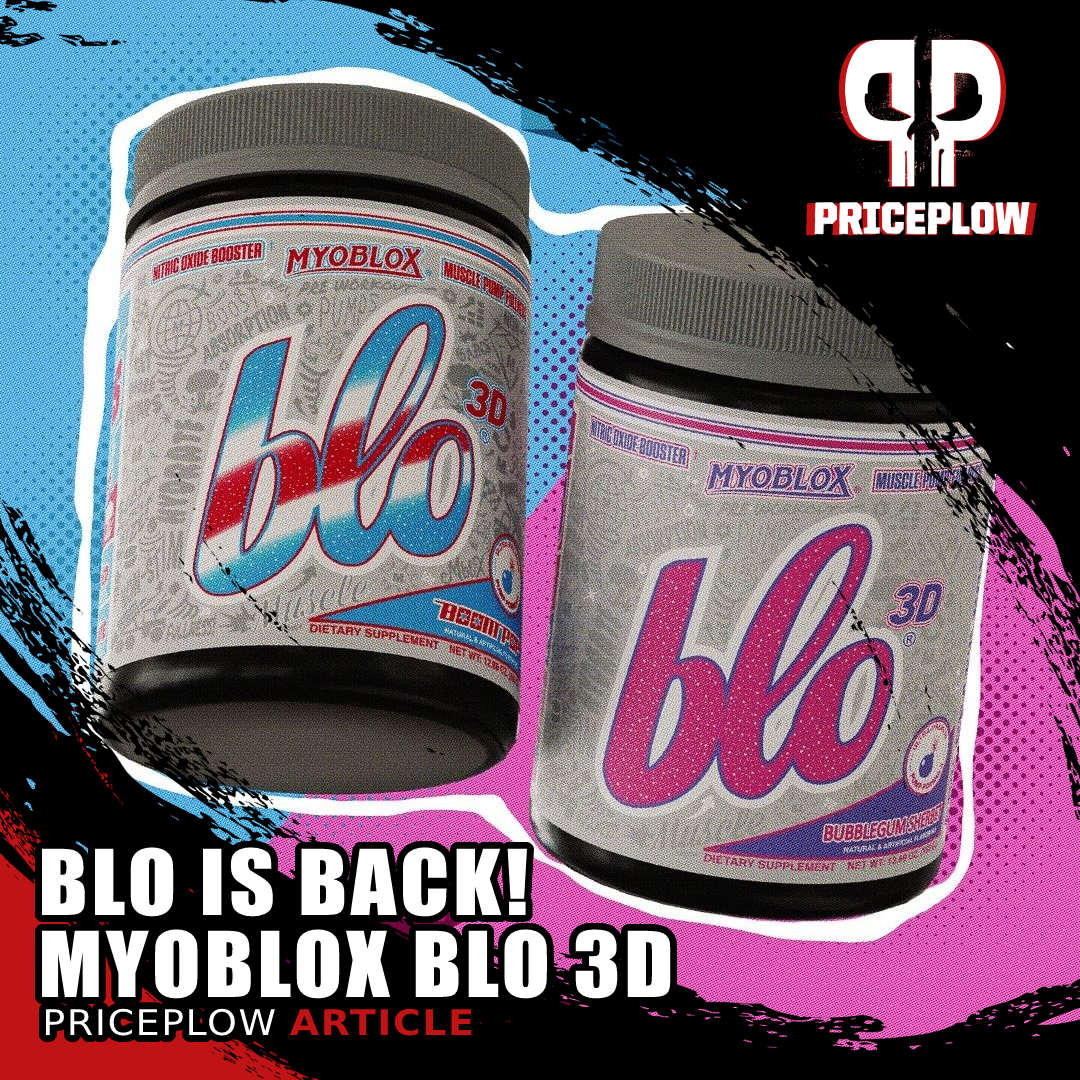
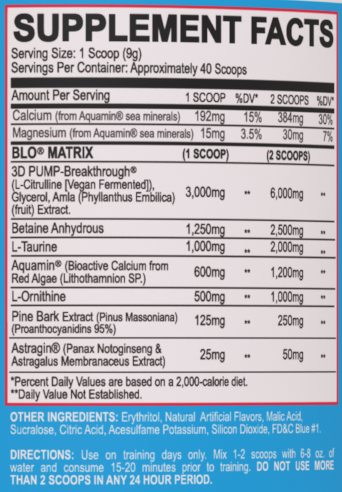
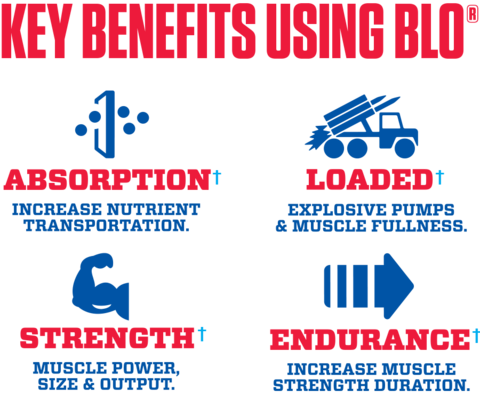
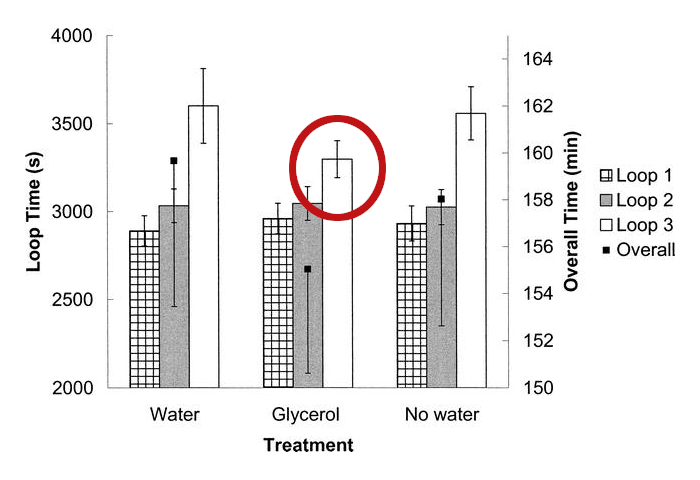
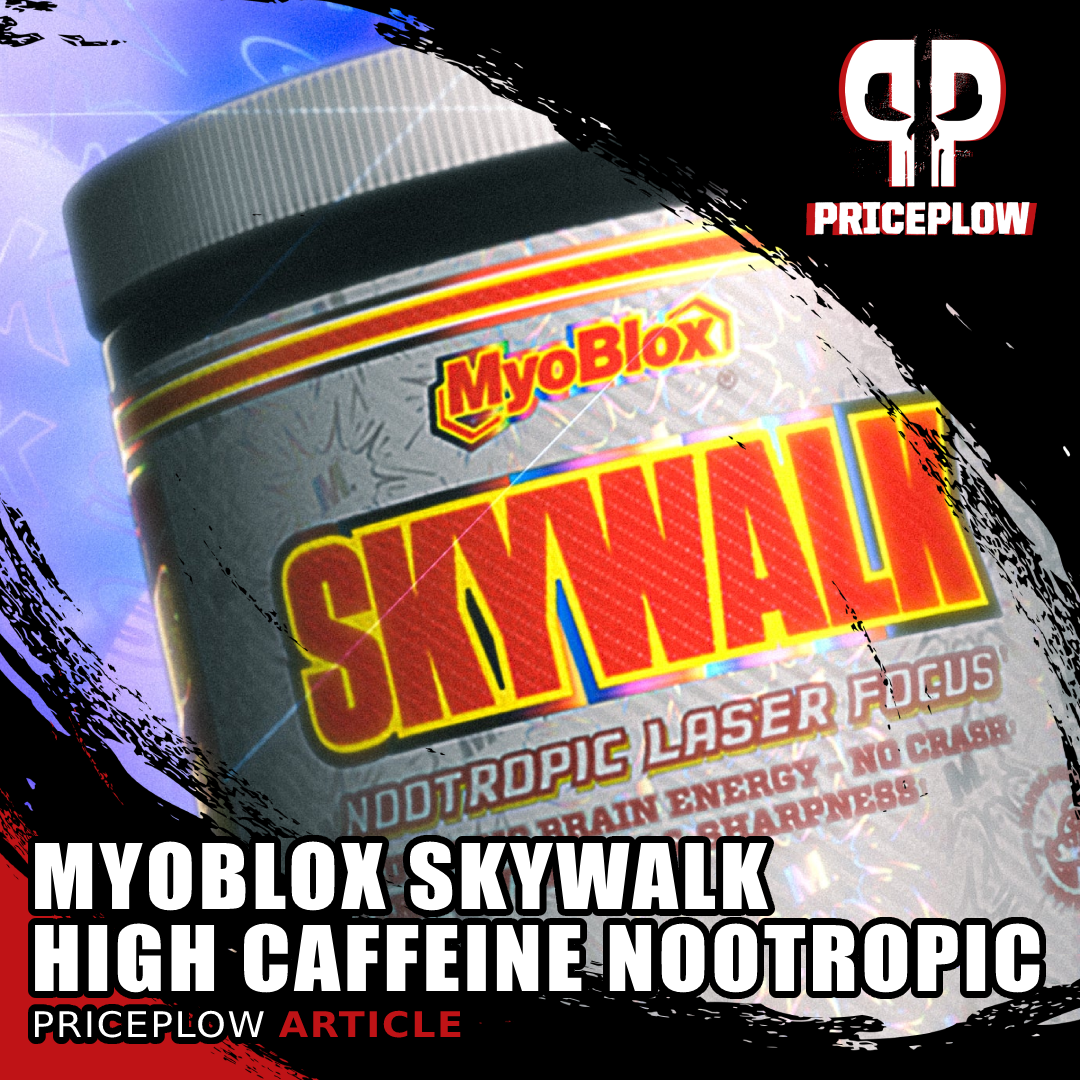
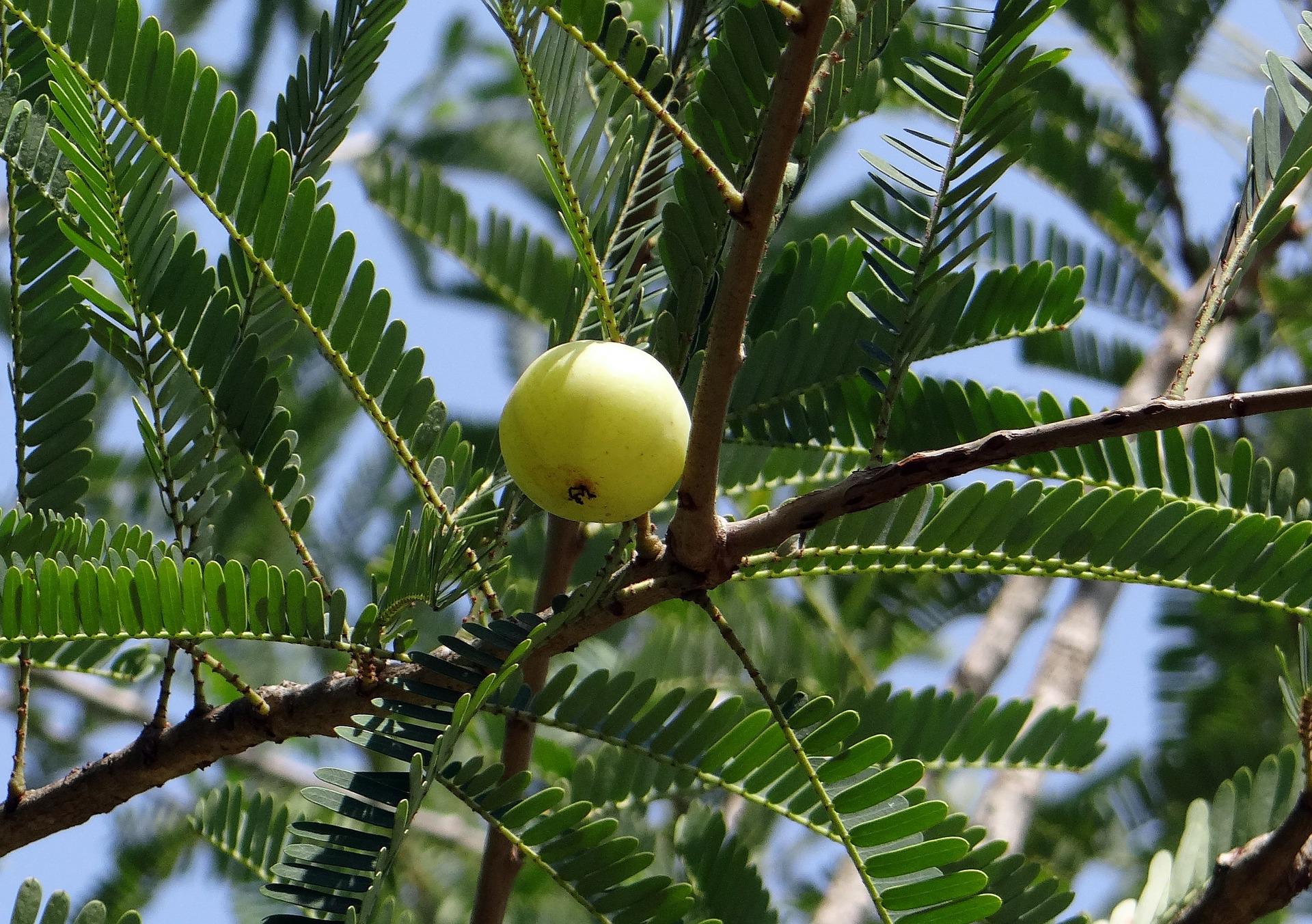

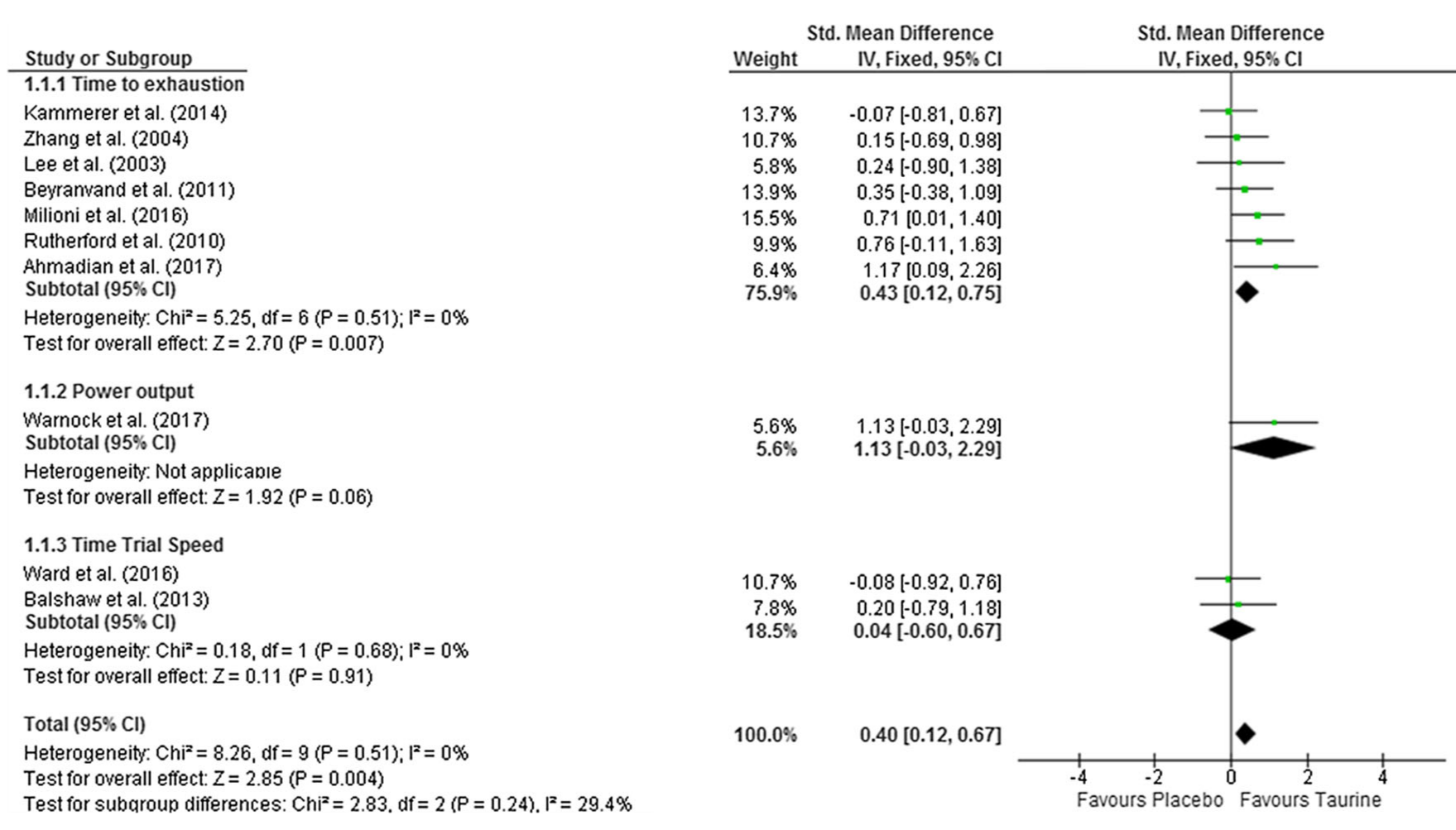
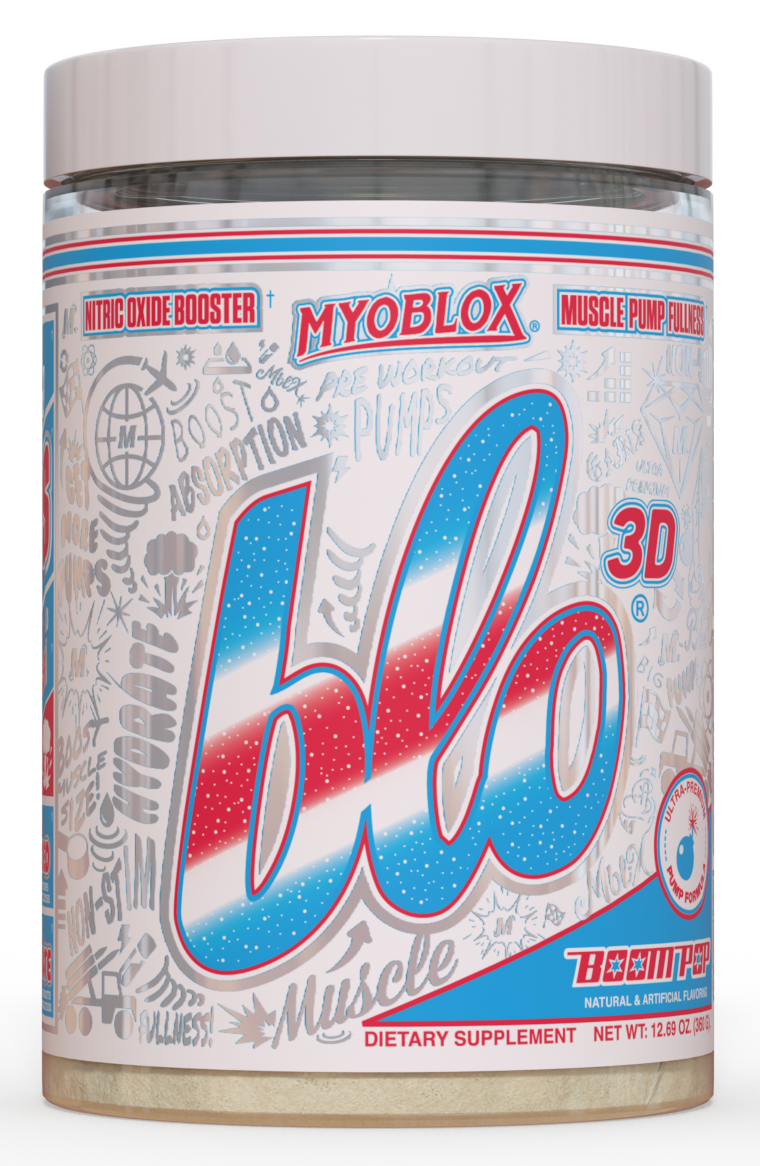

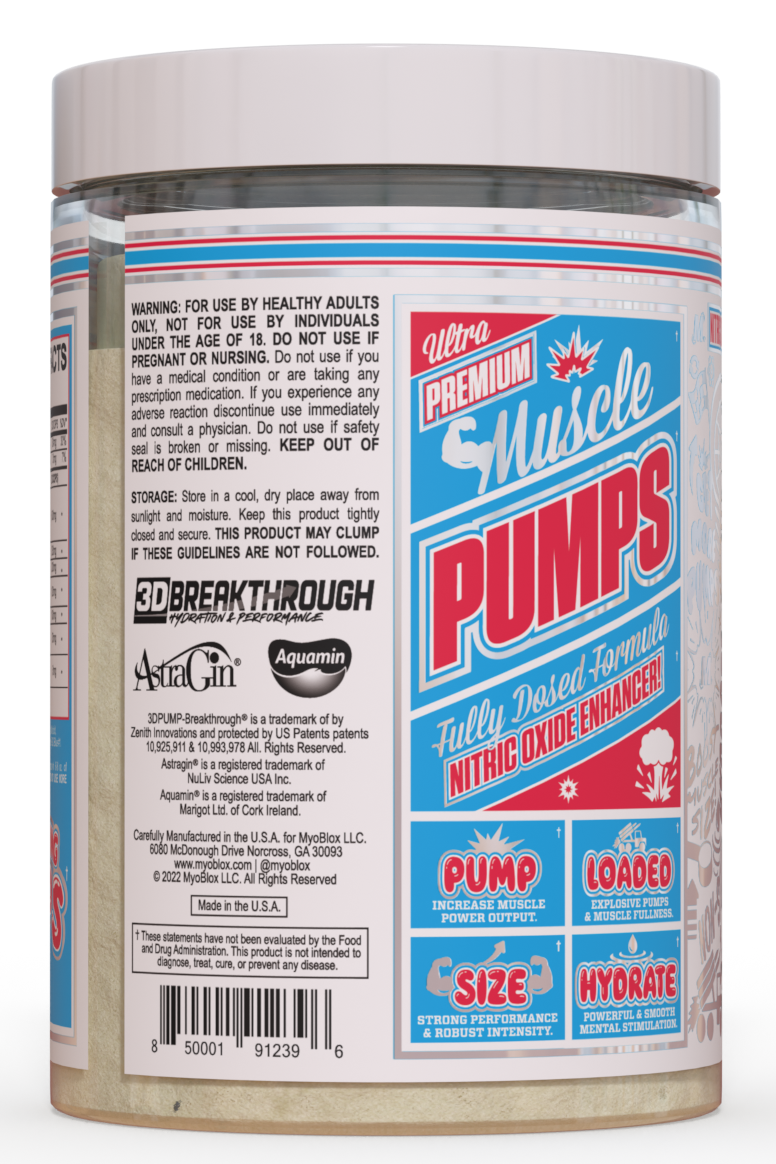
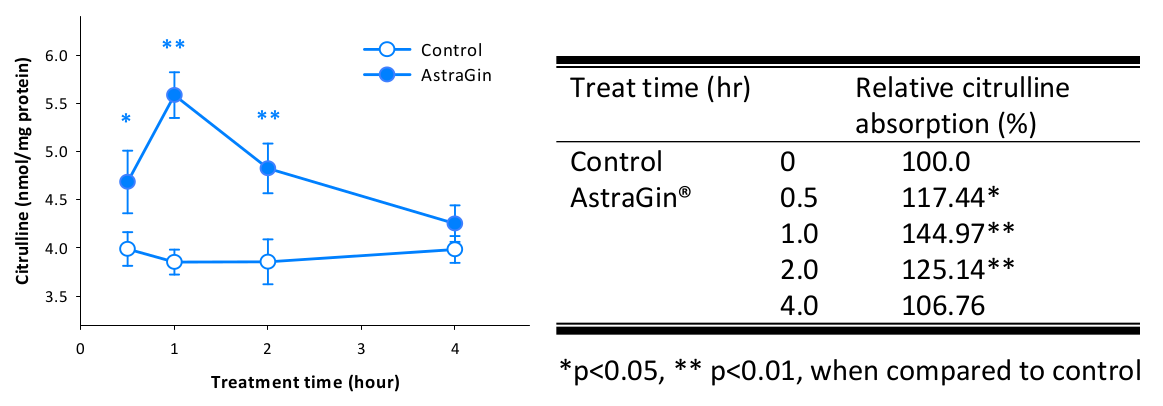



Comments and Discussion (Powered by the PricePlow Forum)